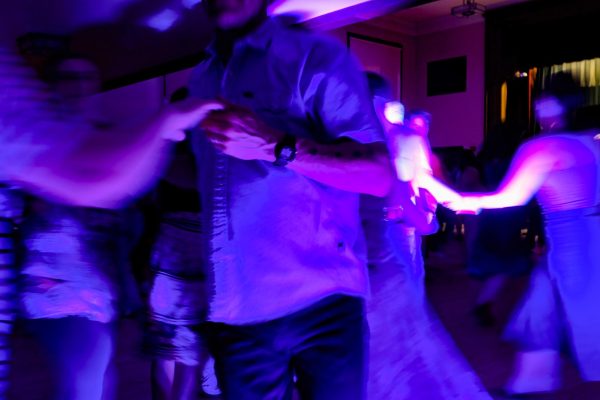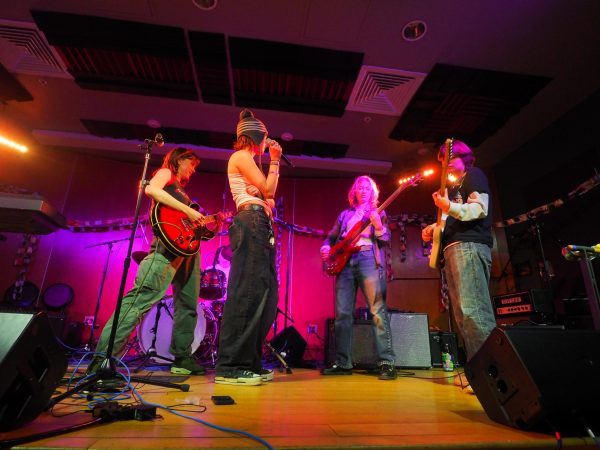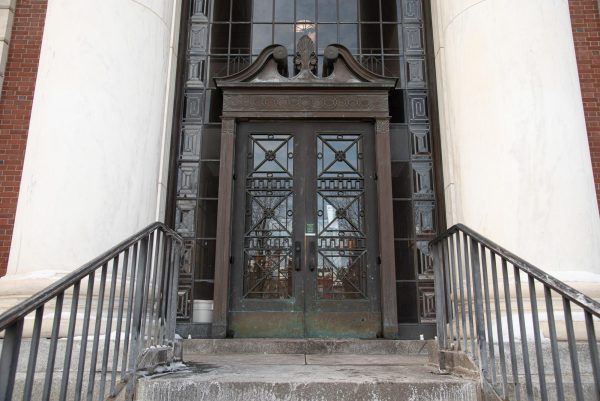Change in seasons brings a change in mood
The Health Corner
The snow is no longer fresh, the sunlight disappears earlier, classes are back in session and everything may suddenly appear dreary to some.
It is midwinter, and some people might have noticed a negative change in their moods and behavior.
According to the University of Vermont’s Health Network, seasonal affective disorder is a subtype of depression that occurs during specific times of the year, most commonly during the late fall and winter.
Signs and symptoms of SAD include fatigue, changes in sleeping and eating patterns, irritability, sadness and a loss of interest in socializing and other activities usually enjoyed, according to the National Organization for SAD.
This non-profit organization is dedicated to discovering treatments and offering support to individuals affected by SAD.
The direct cause of SAD is not known, although many suggest that it is due to the varying intensities of sunlight during each season, according to UVM’s Health Network.
There is less sunlight in the winter months which potentially affects an individual’s serotonin, a neurotransmitter affecting the overall mood of individuals and triggering depression, Mental Health America states.
MHA is a nonprofit organization promoting mental wellness. It is committed to early prevention, identification and intervention of mental health problems with recovery as the main goal.
Another potential cause of SAD corresponds with the sleep-related hormone, melatonin, which increases in the presence of darkness, affecting sleep patterns and moods negatively, according to MHA.
SAD is most prevalent among individuals in their 20s, although onset of symptoms can appear earlier, the organization states. This suggests the majority of individuals in northeastern colleges are subject to this type of depression.
Severe SAD, like any depression, can be especially difficult to manage for college students, as it seriously prevents individuals from performing their usual routines without continuous treatment, NOSAD states.
Senior Catie Wilson does not personally suffer from SAD, but has witnessed the very effects of it on a friend.
“Their natural disposition is one that is very social, happy and always kind,” Wilson said. “However, once winter hits, they sleep a lot more, are very irritable and choose to be alone. SAD is definitely a real thing and has a major impact on those who have it and their loved ones.”
A mild version, sub-syndromal SAD, also exists resulting in mild discomfort and sadness, but is more manageable, NOSAD states.
Dr. Kelly Rohan recommends against self-diagnosis and treatment for SAD because depression in all forms is a critical mental health problem, she said in an interview with the American Psychological Association.
At UVM, research was conducted in the department of psychological sciences by professor Rohan’s lab.
According to Rohan’s interview with the APA, her lab found data suggesting that light therapy supervised by a qualified professional and cognitive-behavioral therapy sessions, are effective treatments for mild and severe SAD.
Activities that can be combined with professional treatment include owning a plant, going outside, exercising regularly and opening blinds when indoors, according to the Mayo Clinic.
If the severe signs and symptoms sound familiar this winter, professional support can be sought by contacting UVM’s Counseling and Psychiatry Services at 802-656-3340.






